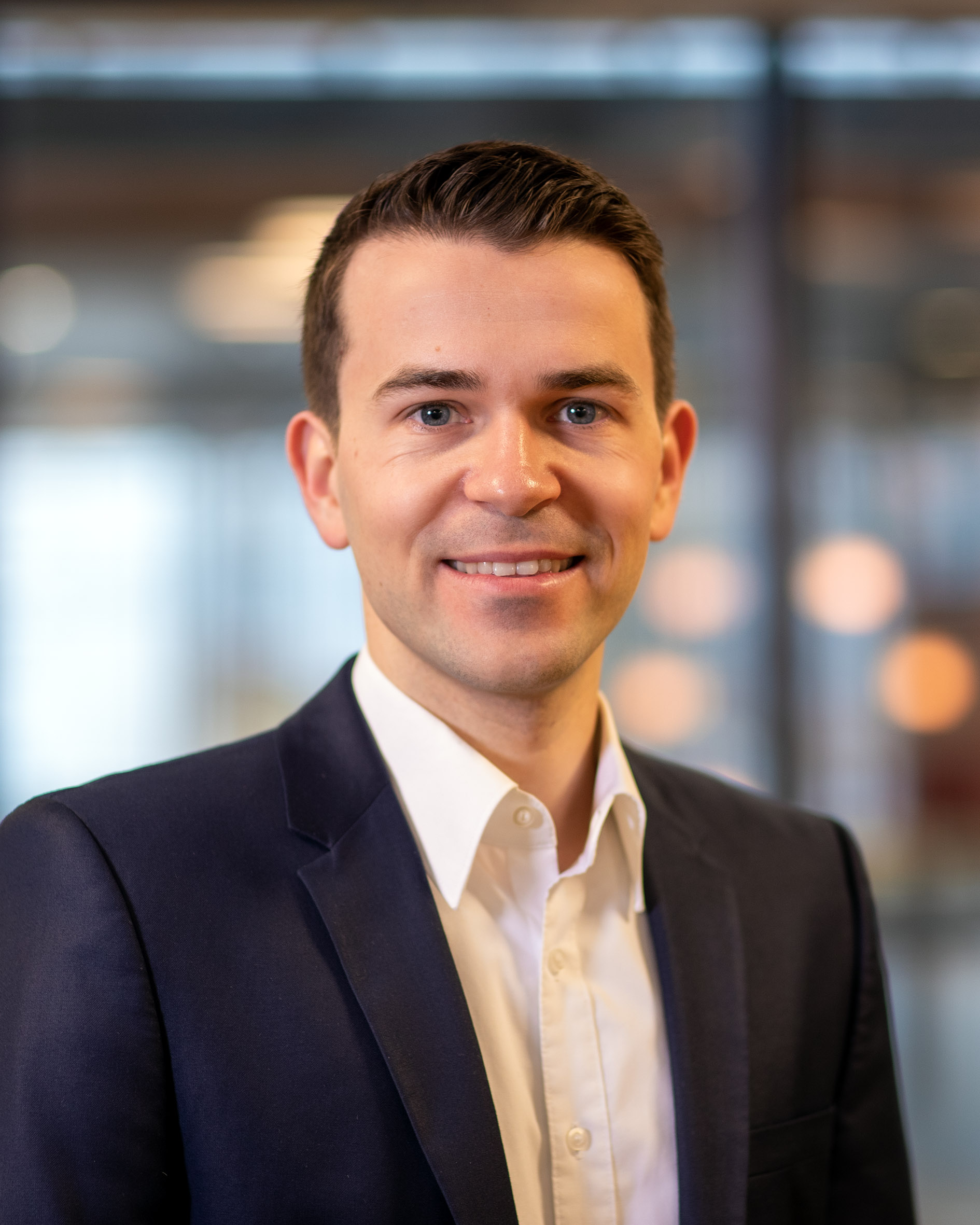KEYNOTE SPEAKERS
RILEM
SPRING CONVENTION 2024
Advanced construction materials and processes for a carbon neutral society
RILEM 2024 Colonetti medalists

Dr Ir. Rob Wolfs
Eindhoven University of Technology
The status quo of 3D concrete printing: are we there yet?
The technology of 3D concrete printing has seen a rapid growth in industrial applications and academic activities over the past decade. 3D Printing is being advertised to address the urgent sustainability and productivity challenges in the field of construction, by reducing the total amount of concrete in buildings or infrastructural elements such as bridges, and by producing them in an automated, high-speed and robust manner. Today, however, 3D concrete printing does not yet live up to its full potential. In this contribution, we reflect upon the advancements in recent years, and asses the status quo of the technology today. Finally, we look ahead at was it needed from academia, industry, and governments, to support the development of 3D concrete printing towards a higher efficiency and reduced environmental impact.

Prof. Zhenming Li
Harbin Institute of Technology, Shenzhen
Autogenous shrinkage of alkali-activated materials
Alkali-activated materials (AAMs) are eco-friendly alternatives to ordinary Portland cement, but they can show poor volume stability, such as larger shrinkage. In this presentation, I will summarise my research outcomes on autogenous shrinkage of AAMs in the past 5 years. Specifically, I will discuss the testing methods, the magnitude, the mechanism, the prediction, the consequence, and the mitigation of autogenous shrinkage of AAMs. It will be shown that the composition, especially the calcium content, of the raw materials determines whether self-desiccation is the dominant shrinkage mechanism of AAMs. Time-dependent deformation accounts for a large part of the autogenous shrinkage of slag-based system, thus must be considered in shrinkage estimation. Local creep/relaxation helps to release shrinkage-induced tensile stress but exacerbates the development of microcracking. For slag based AAMs, internal curing or addition of aluminosilicate phases could be promising shrinkage-mitigating strategies. A clear understanding of autogenous shrinkage is vital to analyse drying and thermal deformations of AAMs.
Keynote Speakers

Dr. Ir. Agnieszka Bigaj-van Vlijet
fib Presentation
TNO Delft, Netherlands
Navigating the Challenge: Sustainability in Concrete Structures through Synergy of Material and Structural Engineering
Sustainability has become a paramount concern for construction industry and for concrete structures in particular, where the advancements in material science and structural engineering create new opportunities for sustainable solutions. However, pursuing innovation often puts structural engineers in a difficult position, forcing them to make decisions for which current standards do not provide clear guidance. This introduces dilemmas that requires careful consideration and a forward-thinking approach.
The synergy between material and structural engineering emerges as the catalyst for advancing less resource- and carbon-intensive practices. Material scientists continuously strive to develop environmentally friendly alternatives to traditional concrete, exploring novel binders, recycled aggregates, supplementary cementitious materials and construction technologies. Structural engineers explore and capitalize on the distinctive characteristics offered by such novel materials and construction methods. In order to effectively tackle sustainability challenge, structural engineers must work towards optimizing designs for ensuring structural safety, serviceability and durability of structures, while balancing the often-conflicting objectives of minimizing the environmental impact and the economic burdens throughout the entire life cycle of structures.
Recognizing that innovation might inherently involve unknown risk, engineers must navigate the risk-innovation nexus by incorporating risk assessment and mitigation measures into structural solutions. This necessitates integration of the rigorous evaluations of performance requirements with thorough consideration of uncertainties associated with material and structural behaviour. In doing so, not only the immediate but also the enduring performance and environmental impact of structures shall be carefully considered and managed. In this context, systematic testing and monitoring of long-term structural behaviour and durability should be included as an integral part of risk management for structural applications of innovative solutions.
Upscaling and mainstreaming the innovation for sustainable concrete structures mandates a collaborative effort of material scientists, structural engineers, and regulatory bodies, which is essential to integrate the latest advancements in standards, guidelines, and recommendations. This collaborative endeavour naturally extends beyond knowledge development, shifting the focus to developing practical tools such as testing protocols, performance-based design procedures, and bespoke risk management methodologies tailored to the specific challenges posed by emerging innovative solutions.

José E. Andrade
Vice President of Innovation and Civil Engineering
Caltech University and Energy Vault
Enabling the green energy transition through juicier batteries
We are all too familiar with running out of battery juice in the context of consumer electronics (cellphones, computers, etc.). Battery life also plays an important role in transportation in the context of electric vehicles. However, the green energy transition will likely require much larger and juicier batteries: grid-scale batteries capable of shifting energy use for thousands of households from hours to days to months. In this talk we will discuss the state of the art in long duration energy storage (LDES) technology. We will delve into the current challenges, promising